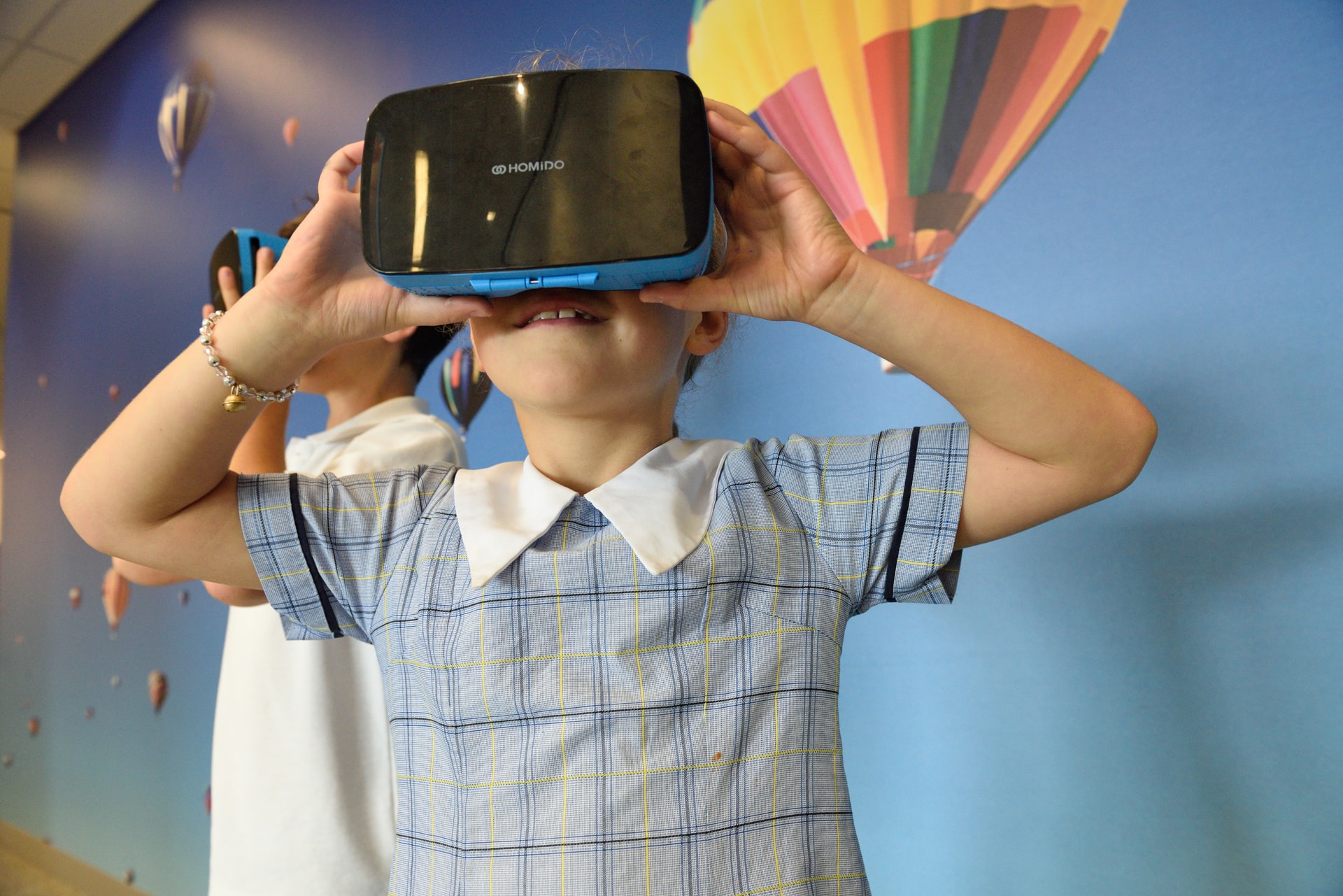Developing Your Child’s Curiosity

We frequently overlook the importance of curiosity in the learning process. According to studies, inquisitive children outperform their classmates in reading and math. But how can we encourage young children to be curious? Before entering formal schooling, children must be taught socio-emotional skills such as imagination, ingenuity, invention, perseverance, attention, and the ability to create interactions and regulate feelings.
Unfortunately, most parents are unaware of how to help their children develop the necessary abilities to become inquisitive students. We’ll show them how to accomplish precisely that in this article. Without further hemming and hawing, here are eight methods by that parents may encourage their young child’s curiosity.
Allowing your child to make errors is a good thing. Our natural impulse as parents is to step in and save the day when our child is upset with an activity or assignment. Making errors and figuring out how to overcome them, on the other hand, is an integral part of being curious and enduring. Avoid stepping in unless your child is in immediate danger. You may provide them advice and support, but no alternatives. You can teach children about errors that they are not failures but excellent learning experiences.
Allow time for play that is exploratory. Parents should make time for their kids to investigate their surroundings during the day. This helps children understand how different aspects of their environment interact and how they may be changed or influenced. Children should be provided with materials such as blocks, sand, pots and pans, and anything that may pique their interest. Give them no instructions on what they should make with the substances; instead, let them experiment independently.
Show off your curiosity. Model the kind of curiosity you want your child to have. This might include attempting new activities, gaining new abilities, or expressing interest in the latest fad or craze.
Allow your kid to be in charge. Discover your child’s innate preferences and assist them in pursuing them. Authorize them to enrol in a youth league if they enjoy sports. If they enjoy music, enrol them in classes, and purchase an instrument if they continue to practice. You get my drift.
Answer their inquiries honestly, but keep in mind their developmental age. Openly and honestly address any of your young children’s queries. Keep their developmental age in mind while deciding how to phrase the intricacy of your response. If you and your child won’t know the solution to a query, you can utilize the library or the internet to find out. This allows you to foster their interest while teaching children how to find answers independently.
Create a dynamic environment in your house. Your house doesn’t have to be the local playground, but it should have sensory-stimulating items and things. Ensure that they have a lot of photographs, artwork, and, definitely, colors in their room. If they are big fans of the jungle, they can get a jungle-themed space. My son’s room is decorated in a “Lion King” motif because it is his favorite film. Also, ensure that your house is well-stocked with books, periodicals, and newspapers. These information channels can be used as reading material, discussion starters, and so forth.
Teach your kid how to keep an eye on things. Educate your kid that observation is the most potent component they have for curiosity. Motivate children to pay attention to their surroundings and develop their senses to pick up on compelling, fascinating, or strange things.
Discuss how curiosity “works” with your kid. Teach your kid about how curiosity has impacted the world, from science to health to politics. They’ll be surprised to learn how many commonplace items in our lives, such as light bulbs, automobiles, computers, and so on, were created out of curiosity. For example, have students study the inventors like George Washington Carver and how his passion for peanuts led him to develop over 100 effective solutions for them in our everyday lives. Explore the whole curiosity process that these innovators went through, which involves asking questions, visualizing possibilities, planning, designing, and creating a final product.
Can you think of any more strategies to encourage a young child’s curiosity?






